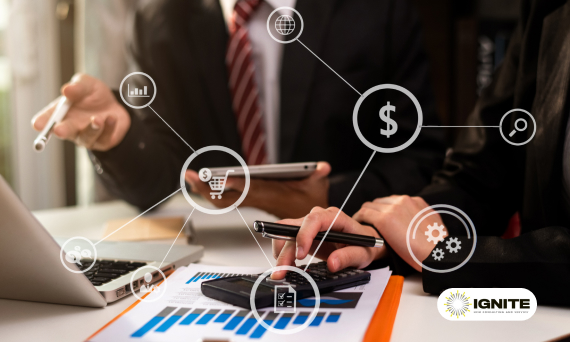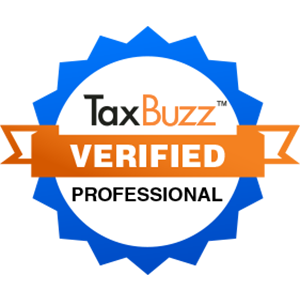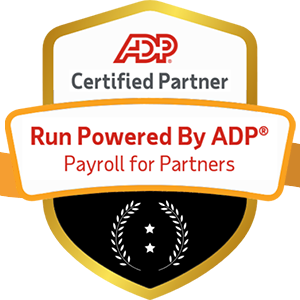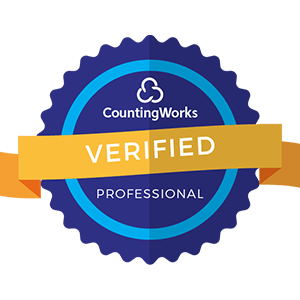
In today's dynamic and highly competitive talent market, a one-size-fits-all approach to employee compensation and benefits no longer works. The most successful organizations are shifting towards highly personalized and flexible total rewards strategies to attract, motivate, and retain the best people.
This trend has only accelerated after the COVID-19 pandemic, which triggered profound changes in how, when, and where work gets done. Flexible and remote work arrangements are now table stakes for many roles. At the same time, employees are increasingly seeking benefits and perks supporting their holistic well-being—physical, mental, financial, and more.
HR and Total Rewards leaders need to rethink their playbooks to stay ahead of the curve. It's time to move beyond the traditional fixed pay and standard benefits model to create compensation programs that are as unique as your workforce. Here's a closer look at how personalized and flexible total rewards are reshaping the future of work.

There's no question that today's employees expect and demand greater personalization in all aspects of their lives—and their compensation and benefits are no exception. Consider these statistics:
The data is clear: cookie-cutter compensation won't cut it in the war for talent. Offering personalized rewards is becoming imperative for business.
Flexibility is another non-negotiable, especially for Millennials and Gen Z, who will make up 75% of the workforce by 2025 (Deloitte). These digital natives have grown up in an on-demand world and expect their employers to offer the same level of choice and customization they enjoy as consumers.
Shifting employee demographics is also fueling the push for personalization. Today's multi-generational workforce spans a broader range of life stages, family structures, and personal priorities than ever before. A recent college grad living in a city will have very different needs and preferences than a mid-career professional supporting a family in the suburbs or a Baby Boomer nearing retirement.
Adding to the complexity, individual needs and priorities can change significantly over time as employees move through different life and career stages. What matters most to someone at 25 may radically differ by the time they reach 35 or 45. Static, one-size-fits-all rewards programs can't keep pace.

So, what does a genuinely personalized and flexible total rewards strategy look like in practice? While there's no single template, the most effective programs share a few key characteristics:
Modular and choice-based: Employees can mix and match elements to create a customized rewards package that aligns with their unique needs and preferences rather than a fixed menu of compensation and benefits options. Increasingly, this may include "non-traditional" benefits like student loan repayment assistance, fertility coverage, gender affirmation support, caregiving leave, and more.
Leverages technology: The latest HR tech platforms use AI and machine learning to deliver a "consumer-grade" personalization experience. Recommendation engines can offer tailored benefits suggestions based on employee profiles, while decision support tools help them make more informed choices. Mobile apps and dashboards make it easy to enroll in, manage, and keep track of rewards from anywhere.
Supports holistic wellbeing: Best-in-class programs take a holistic view of employee health and happiness beyond physical wellness to address mental, financial, social, and spiritual needs. Think on-demand mental health support, financial coaching, volunteer time off, mindfulness apps, etc.
Flexible and agile: With workforce needs constantly evolving, flexible rewards programs are designed to adapt over time. Leading organizations actively solicit employee input via surveys, focus groups, and always-on feedback mechanisms, then use those insights to rapidly iterate their offers and options. The goal is to create a living, breathing system that can flex and scale as business objectives and talent needs shift.
Grounded in data: Data and analytics are the lifeblood of effective personalization. Gathering a robust set of people data including demographic info, life stage, family structure, health data, engagement levels, performance ratings, flight risk indicators, etc. then mining it for insights is critical for designing rewards that resonate. Advanced HR analytics can also measure the impact and ROI of total rewards on key talent outcomes.

Building a truly personalized and flexible total rewards strategy can feel daunting, especially for organizations with deeply entrenched legacy programs. But it doesn't have to be an all-or-nothing proposition. Piloting new approaches with specific employee segments or taking a phased implementation approach are often the best ways to mitigate risks while realizing value.
Here's a high-level roadmap to get started:
Innovative organizations across industries are already reaping personalized and flexible total rewards. Here are just a few examples:
Unilever's open enrollment goes digital: To provide a world-class benefits experience for its diverse global workforce, consumer goods giant Unilever has replaced its one-size-fits-all enrollment approach with a custom-built digital platform. Employees receive personalized plan recommendations based on their unique profile, with built-in decision support to help them make smart choices. The tool helped 97% of US employees enroll in their best-fit benefits package in their first year.
IBM's AI-powered talent advisor: Tech giant IBM uses AI to power its "Personal Talent Advisor"—a virtual agent that delivers personalized career recommendations to employees. Leveraging 25+ data sources, the tool provides tailored job opportunities, learning recommendations, and mentorship matches to help employees grow their skills and careers. Within one quarter of launching the advisor, the number of IBMers who found new roles internally increased by nearly 40%.
Instacart's flexible PTO: Grocery delivery platform Instacart has embraced a flexible, personalized approach to paid time off that empowers employees to take the time they need when they need it. Employees accrue PTO on a per-pay-period basis rather than a set bank of days, so it grows with their tenure. Employees can use their PTO as they see fit without distinguishing between vacation, personal, or sick time. During the pandemic, Instacart expanded its definition of sick leave to include mental health, childcare, or any other COVID-related reason, acknowledging employees' unique challenges.
As these examples illustrate, the future of total rewards is personal. With unprecedented choice and flexibility quickly becoming the norm, organizations that fail to adapt risk being left behind in the race for talent.
Of course, there's no one-size-fits-all solution. The right mix of personalized rewards will look different for every organization based on company culture, industry, workforce demographics, and employee preferences. And it will continue to evolve as those variables change.
The key is to stay agile, data-driven, and relentlessly employee-centric. By putting your people at the center of your rewards strategy—and leveraging the latest tools and technologies to deliver a frictionless, hyper-relevant experience—you'll be well-positioned to attract and retain the talent you need to thrive in the future of work.


